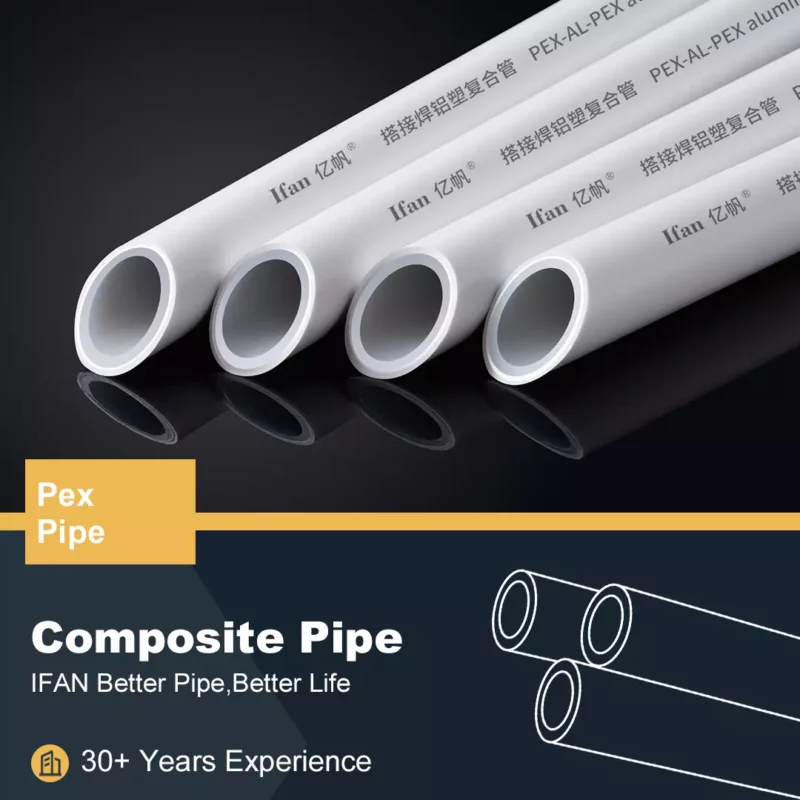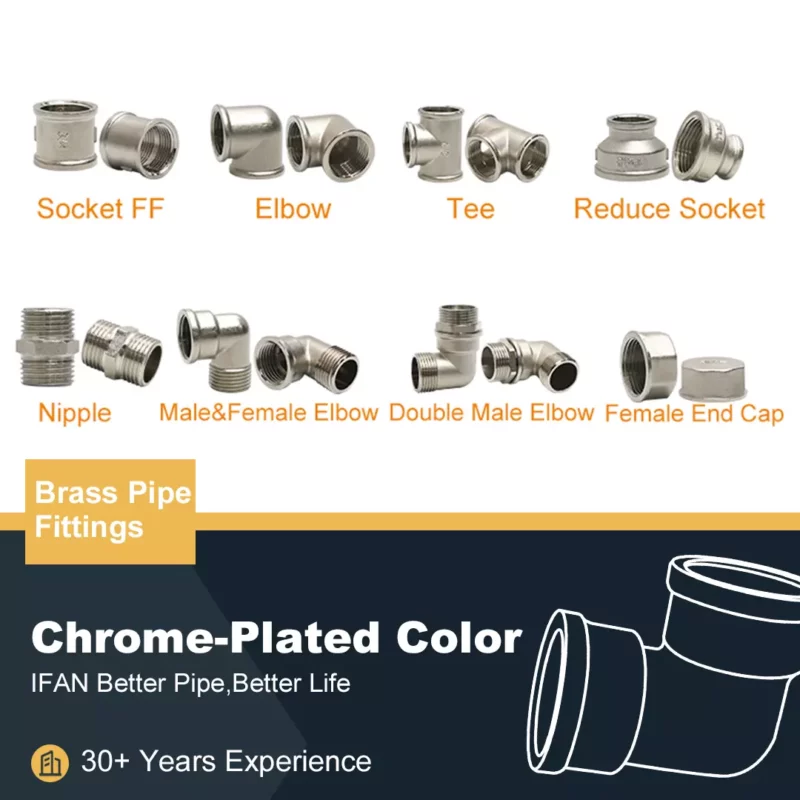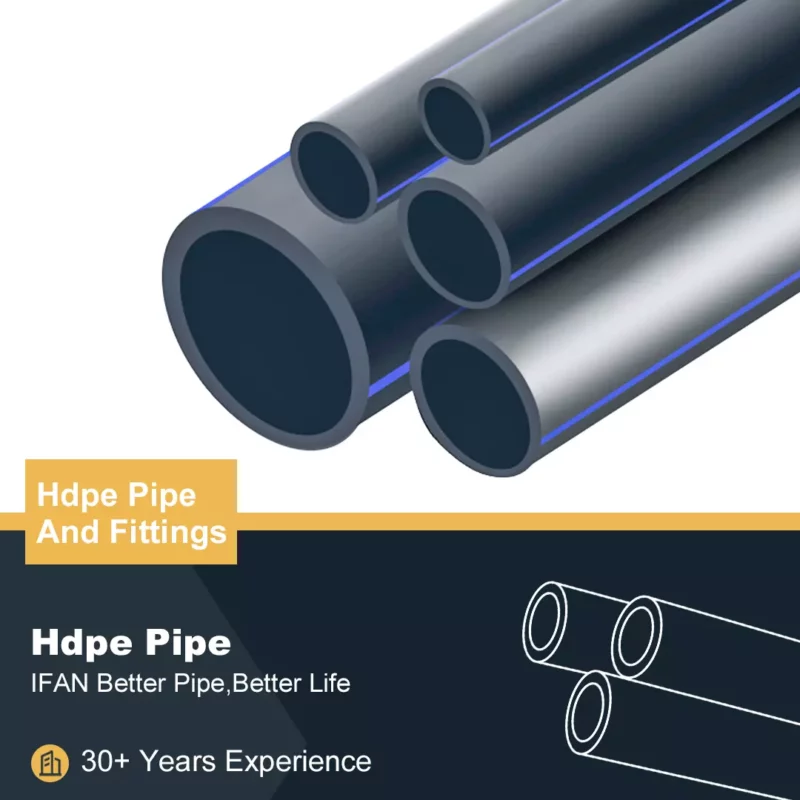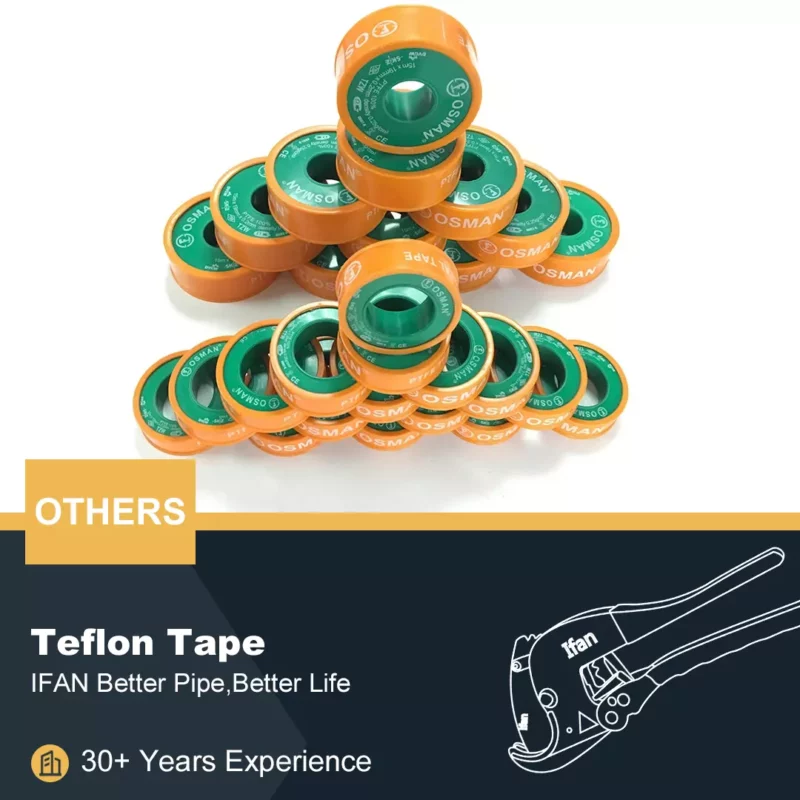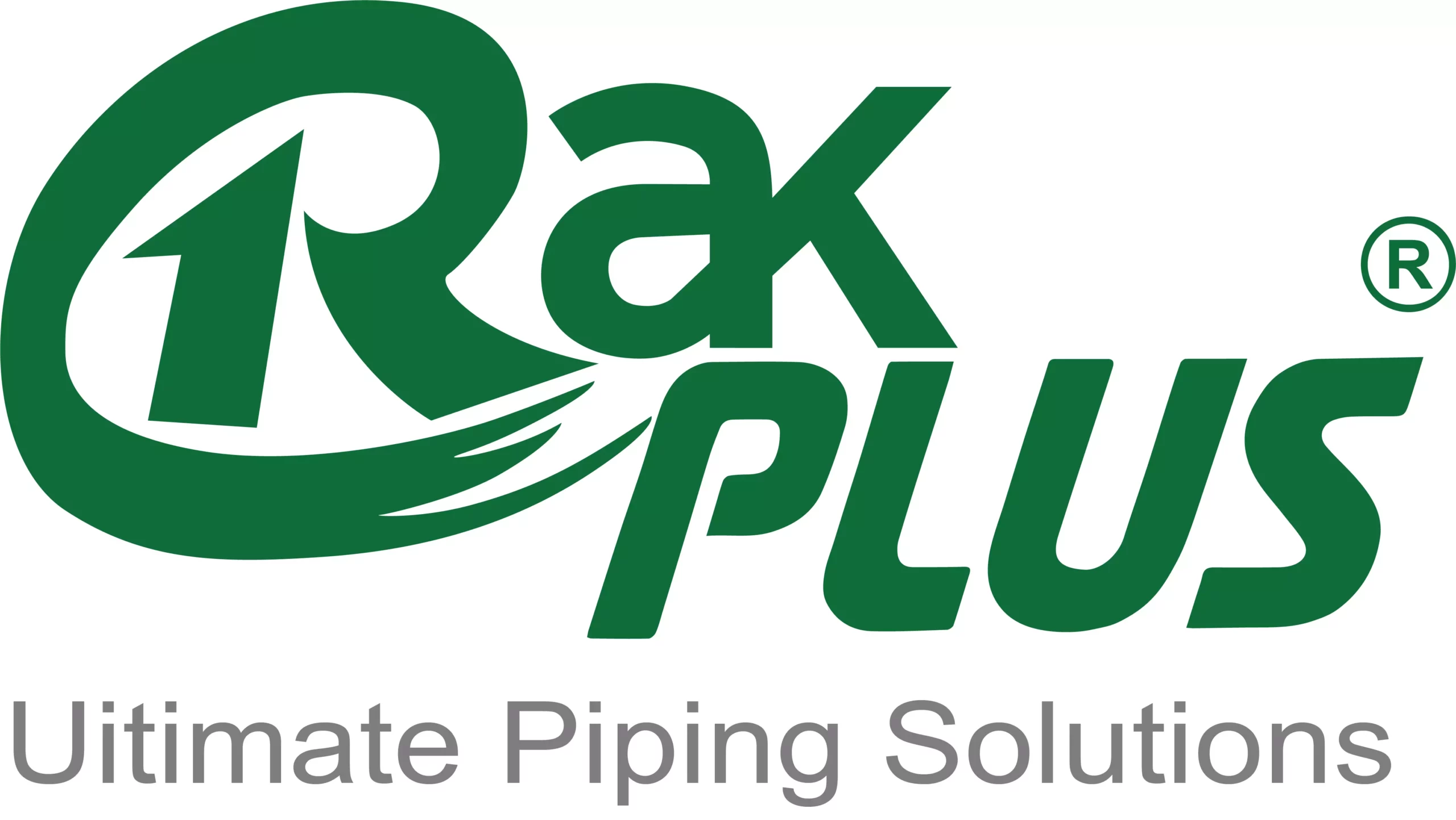Copper fittings are commonly used in plumbing systems due to their versatility and durability. This article explores whether it is possible to weld copper fittings and provides additional information about copper welding fittings and their advantages.
Can Copper Fitting Be Welded?
Copper fittings can be welded using various techniques, including soldering and brazing. These processes involve heating the copper fitting and applying a filler material to create a strong bond.
Soldering Copper Fittings:
Soldering is a common method used to join copper fitting. It involves heating the fitting and applying solder, which melts and fills the gaps between the fitting and the pipe. Soldering creates a tight, watertight seal and is suitable for low-temperature applications.
Brazing Copper Fittings:
Brazing is a process similar to soldering but involves higher temperatures and the use of a different filler material. Brazing creates a stronger joint compared to soldering and is suitable for high-temperature applications.
Advantages of Copper Welding Fittings:
1.Strong and Durable Joints:
Welding copper fitting creates strong and durable joints that can withstand high pressures and temperature fluctuations. This ensures the integrity and longevity of the plumbing system.
2.Versatility:
Copper welding fitting come in various shapes and configurations, allowing for flexibility in plumbing system design. They can be used for both residential and commercial applications.
3.Corrosion Resistance:
Copper is inherently resistant to corrosion, making copper welding fitting ideal for plumbing systems where water quality may vary. They offer reliable performance and reduce the risk of leaks and pipe damage.
4.Easy Installation:
Welding copper fitting can be easily accomplished with the right tools and techniques. It does not require special skills or equipment, making it accessible to both professionals and DIY enthusiasts.
5.Compatibility:
Copper welding fitting are compatible with both copper pipes and other copper fitting. This compatibility ensures a secure and leak-free connection between components.
Considerations for Copper Welding Fitting:
1.Proper Preparation:
Before welding copper fitting, it is essential to clean the surfaces thoroughly to remove any dirt, grease, or oxide layers. This ensures proper adhesion of the filler material and improves the quality of the weld.
2.Safety Measures:
Welding copper fittings involves the use of high temperatures and potentially hazardous materials. It is crucial to follow safety guidelines, wear appropriate personal protective equipment, and work in a well-ventilated area to minimize health risks.
3.Professional Assistance:
While welding copper fittings can be done by DIY enthusiasts, complex installations or critical applications may require the expertise of a professional plumber or welder. Consulting with a professional can ensure proper installation and adherence to local building codes and regulations.
Conclusion:
In conclusion, copper fittings can be welded using soldering or brazing techniques. Welding copper fitting offers several advantages, including strong and durable joints, versatility, corrosion resistance, easy installation, and compatibility. Proper preparation, adherence to safety measures, and professional assistance when needed are crucial for successful copper welding fitting installations. With their versatility and reliability, copper welding fitting continue to be a popular choice for plumbing systems in residential, commercial, and industrial applications.
If you have read this article and have any questions, please feel free to contact IFAN. Below is our contact information:
Whatsapp:+86 13373827623
Email:[email protected]











